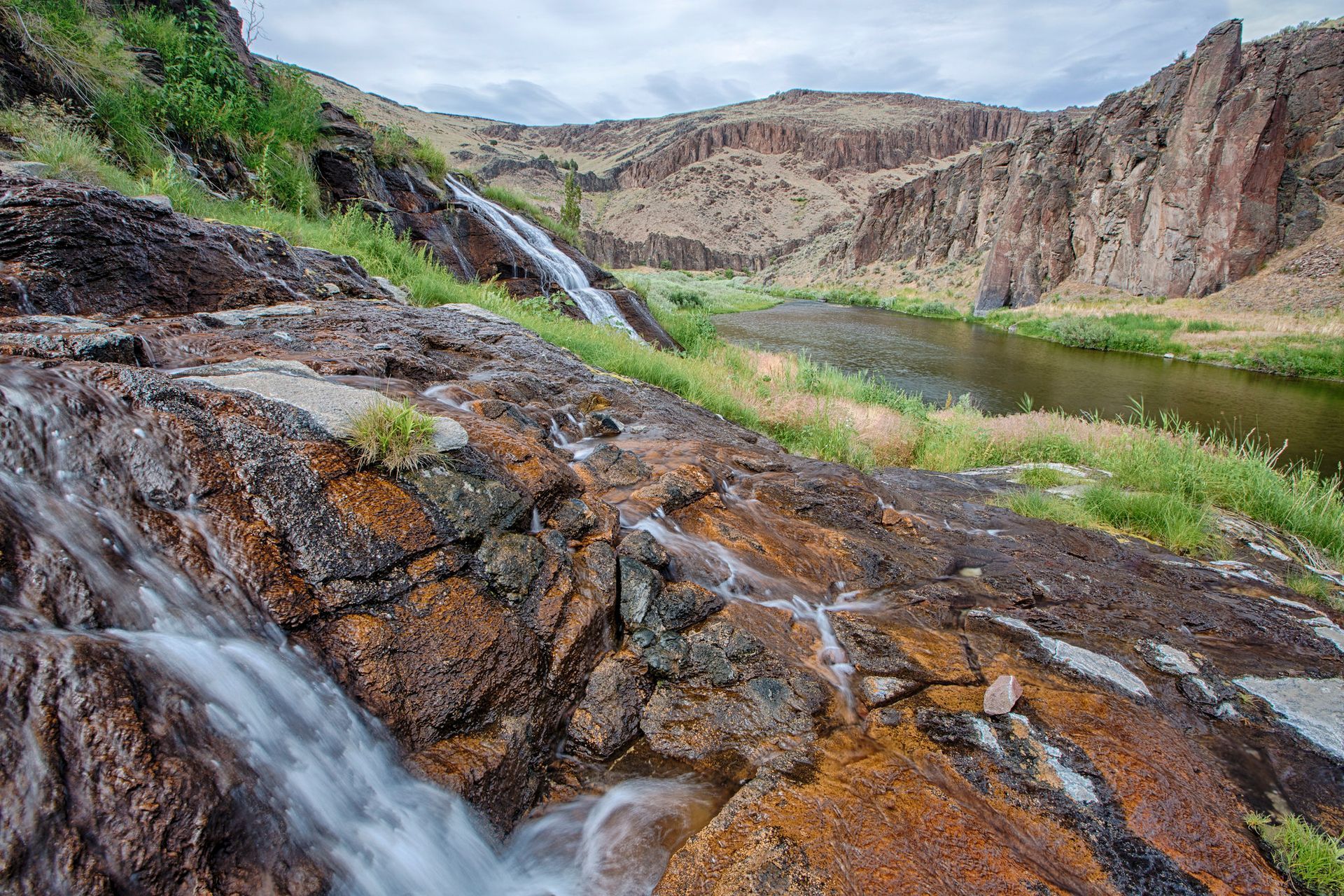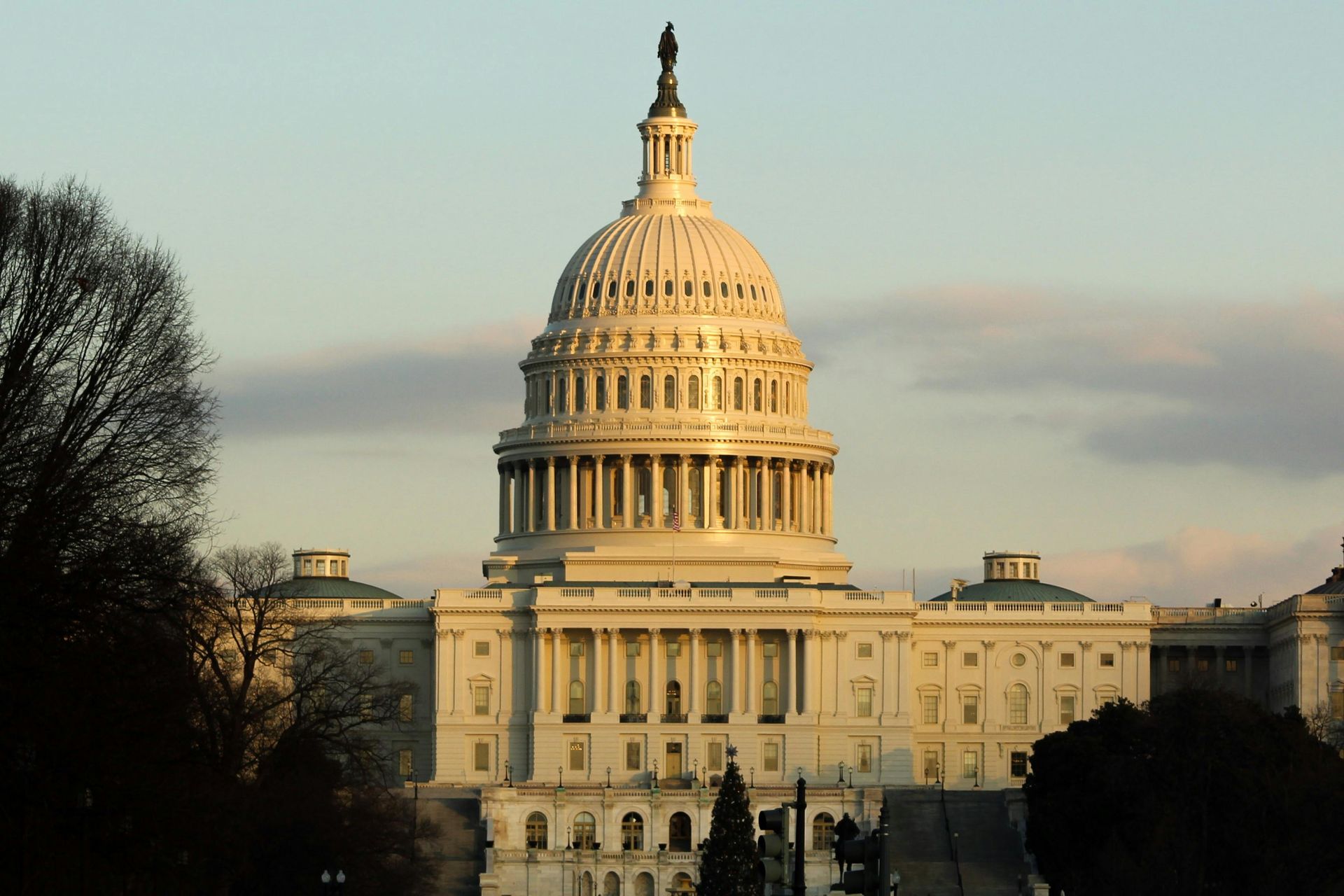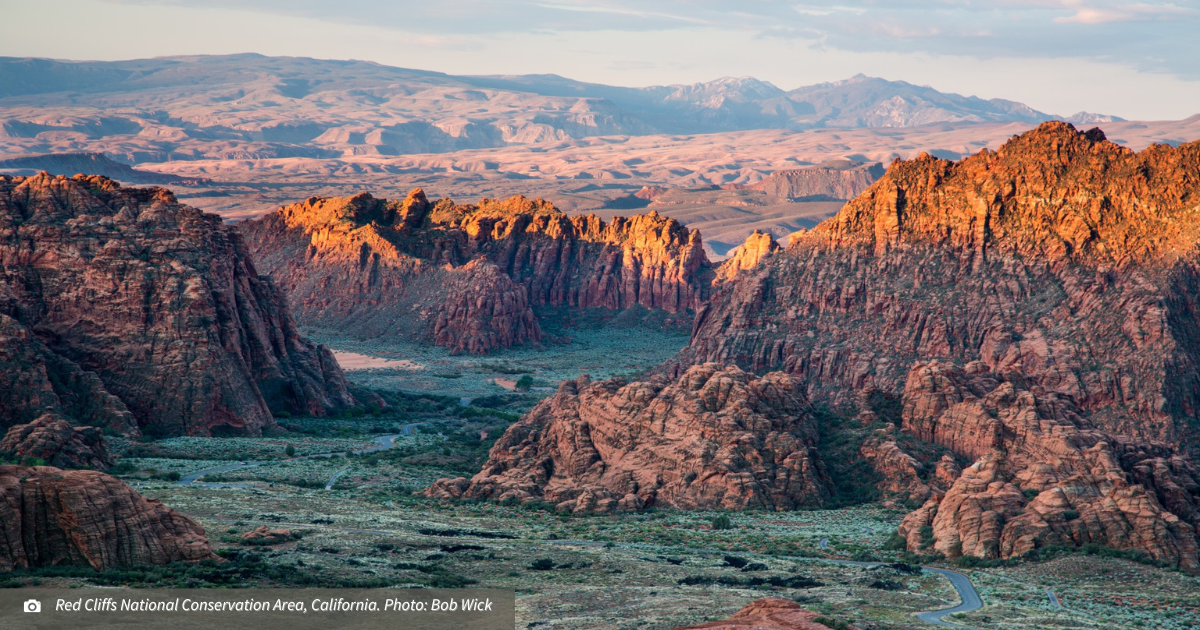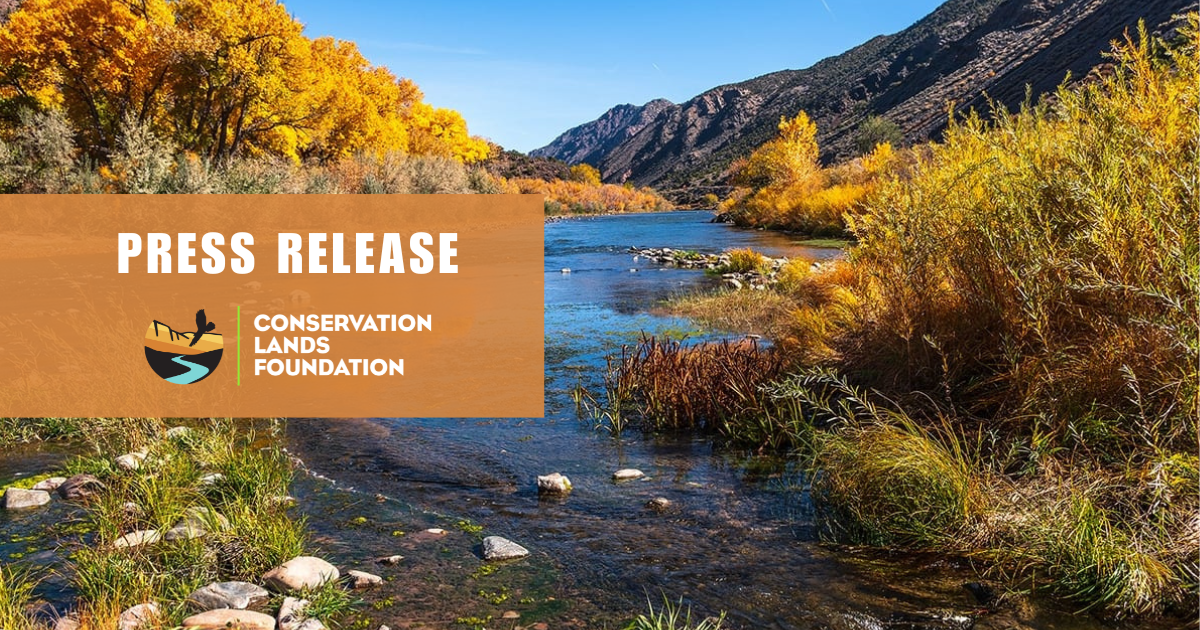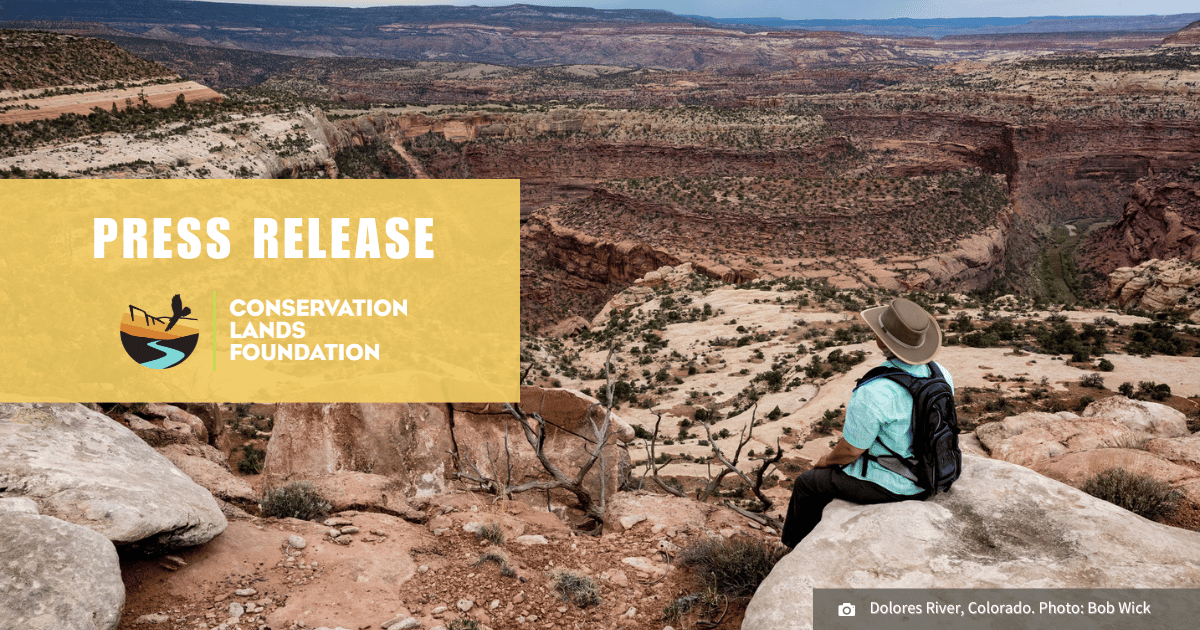Diverse Stakeholders Applaud New Mexico Delegation for Reintroducing Legislation to Permanently Protect Gila-Area Rivers and Streams
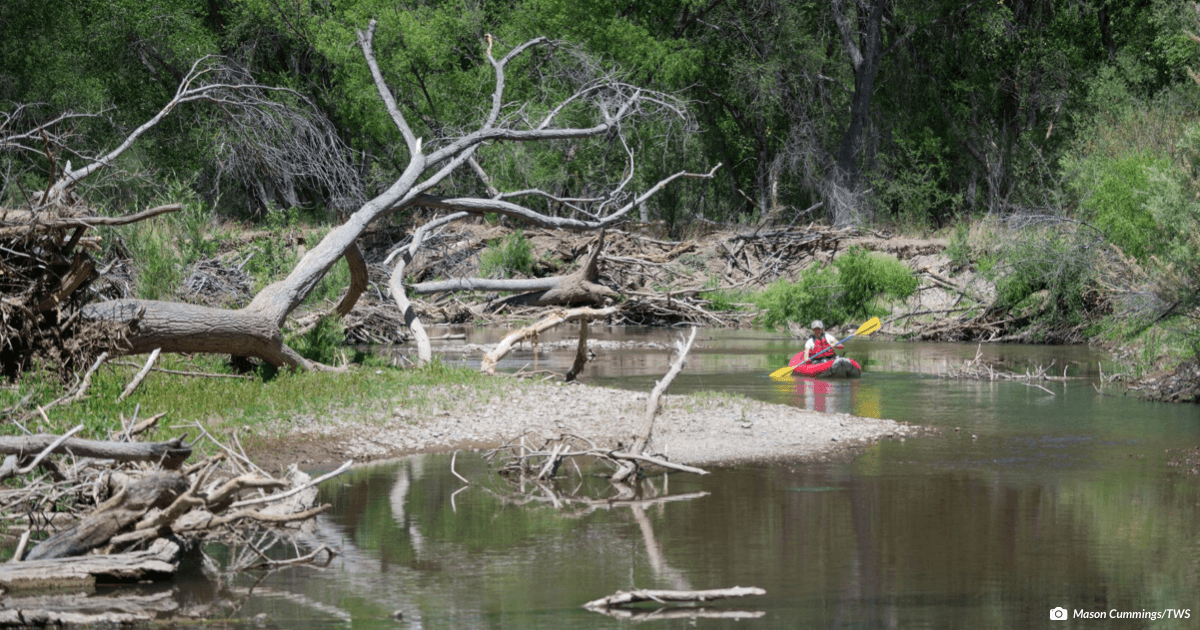
Silver City, NM – A diverse coalition of New Mexico residents, local businesses, organizations, and elected officials celebrate the reintroduction of the M.H. Dutch Salmon Greater Gila Wild and Scenic River Act in the Senate (S.1476) and the House (H.R. 2903) by Senator Martin Heinrich and Representative Gabe Vasquez. The coalition also thanks Senator Ben Ray Lujan, Representative Melanie Stansbury, and Representative Teresa Leger Fernandez for cosponsoring this important legislation. This legislation – which has previously been introduced three times – would designate approximately 446 miles of the Gila, San Francisco, and East Fork of the Mimbres Rivers and their tributaries under the Wild and Scenic Rivers Act, permanently protecting these rivers and streams in their free-flowing condition. The local community has been advocating for the protection of these waterways for a decade, which led Senator Heinrich and former Senator Tom Udall to first introduce this legislation in May 2020.
The M.H. Dutch Salmon Greater Gila Wild and Scenic River Act has broad, grassroots support of Pueblos and Tribes, faith leaders, private property owners, local governments, civic organizations, sportsmen and women, conservation groups, and more than 150 small businesses in Grant County and surrounding communities. Additionally, polling has found that 81% of voters across New Mexico are supportive of protecting these rivers and streams through Wild and Scenic designation.
The Gila River is New Mexico’s last remaining free-flowing mainstem river. It is a popular destination for outdoor enthusiasts, offering opportunities to fish, hunt, hike, kayak, camp, picnic, view wildlife, and more. The popularity of these segments is an important economic driver for the communities in southwestern New Mexico, as many businesses in the region rely on revenue from outside visitors traveling through communities like Silver City to access the Gila and San Francisco Rivers. Data released in 2023 by the U.S. Bureau of Economic Analysis found that the state’s outdoor economy is an important and growing sector, contributing $3.2 billion to New Mexico’s GDP and that more than 29,000 people statewide work in the outdoor recreation industry.
Established by Congress in 1968, the Wild and Scenic Rivers Act was passed to protect our nation’s free flowing rivers that have outstandingly remarkable scenic, recreational, geologic, fish and wildlife, historic, cultural, or other similar values. Wild and Scenic designation ensures that water quality is maintained and, where possible, enhanced; restricts activities that would harm a river segment’s special values for which it was specifically designated; and prohibits the construction of new federally-licensed dams and other water development projects that could impact designated segments. Importantly, these designations have no effect on traditional uses such as livestock grazing, hunting, and fishing; maintain existing water and private property rights; and protect critical habitats for threatened and endangered species. Less than one-half of one percent of rivers and streams nationally are protected as Wild and Scenic.
The M.H. Dutch Salmon Greater Gila Wild and Scenic River Act is needed due to persistent threats to Gila-area rivers. At least four significant proposals to dam or divert the Gila River have arisen since the 1960s and in 2021, a dam was proposed on the Lower San Francisco River that would have created a 10-mile-long slack water reservoir on the river and flooded the river canyons of the Lower San Francisco Wilderness Study Area. Though this proposal was ultimately withdrawn, our extraordinary rivers in Southwestern New Mexico will continue to face the prospects of damming and ruin until they are permanently protected under the Wild and Scenic Rivers Act.
The Wild Gila River Coalition is comprised of the Gila Conservation Coalition, Gila Resources Information Project, Heart of the Gila, Upper Gila Watershed Association, New Mexico Wild, New Mexico Wildlife Federation, Rio Grande Restoration, American Rivers, American Whitewater, Center for Biological Diversity, Conservation Lands Foundation, The Pew Charitable Trusts, The Wilderness Society, and Trout Unlimited
Statements of Support for M.H. Dutch Salmon Greater Gila Wild and Scenic River Act:
“There is no greater gift we could leave our grandchildren than the permanent protection of New Mexico’s last free-flowing river, whose headwaters start in the birthplace of America’s first designated Wilderness,” said New Mexico Wild Executive Director Mark Allison. “This bill honors the original vision of Aldo Leopold and river champions like the late Dutch Salmon, without whose efforts this river we love would have been greatly diminished. The legislation also aims to preserve sites held sacred to communities that have called the Gila region home for centuries. New Mexicans know how irreplaceable our natural and cultural heritage is and overwhelmingly support this effort. We thank Senators Heinrich and Luján and Representatives Vasquez, Leger Fernandez, and Stansbury for their leadership and for this gift of hope for the future.”
“Rivers like the greater Gila and San Francisco rivers in southwest New Mexico are exactly what the framers hoped to protect under the Wild and Scenic Rivers Act: rivers that are free-flowing and highly cherished,” said Mike Fiebig of American Rivers. “As the largest intact headwaters remaining in the Colorado River system, these rivers are also an important source of clean water for people, agriculture, and wildlife. A Wild and Scenic designation will make sure that doesn’t change. We thank the New Mexico delegation for having the forethought to propose the Gila and San Francisco rivers for protection.”
“The time to provide forever protection to the Gila River is now,” said Patrice Mutchnick, Director of Heart of the Gila. “What better legacy can we leave for future generations than clean, free flowing water? Our cultural history, our economic livelihoods, and our children’s futures, will all be more secure with this final designation of the Gila as a Wild and Scenic River.”
“As we struggle to mitigate the ecological impacts of the climate and extinction crises, Wild and Scenic designation will ensure long-term protection of the Gila’s riparian ecosystem and its threatened and endangered species,” said Allyson Siwik, Executive Director of the Gila Conservation Coalition.
“As the last free-flowing river in New Mexico, the Gila River and its tributaries hold profound ecological and cultural significance for the people of New Mexico, serving as a recreational haven, a local watershed, and a sacred landscape,” said Romir Lahiri, Associate Program Director for Conservation Lands Foundation. “We extend our deepest gratitude to Senator Heinrich, Representative Gabe Vasquez, Senator Luján, Representative Stansbury, and Representative Leger Fernández for reintroducing the M.H. Dutch Salmon Greater Gila Wild and Scenic River Act. This vital legislation will permanently safeguard the Gila River, its tributaries, and a way of life treasured by the local communities who call the Gila home.”
“We strongly support extending protections to the Gila River and its tributaries under the federal Wild and Scenic Rivers Act,” said Jesse Deubel, Executive Director of the New Mexico Wildlife Federation. “Our nation last year celebrated the 100th anniversary of the designation of the Gila Wilderness. The great conservationist Aldo Leopold suggested setting aside the area for federal protections because he recognized that development was fast encroaching on our nation’s remaining wild places. Today, we have the obligation to carry on his work and protect the Gila River and associated tributaries. The periodic and ill-considered proposals to dam up the Gila and drain its flows for irrigation projects show the pressing need for permanent protection.”
“The Gila River is woven into the fabric of our local community — it’s part of our history, our culture and our most cherished memories,” said Michael Casaus, New Mexico State Director of The Wilderness Society. “It’s where we’ve gathered with loved ones, and where many of us first learned what it means to be connected to the land and water. We are proud to see the community come together to protect the Gila River so future generations can make their own memories. Thank you to the entire New Mexico congressional delegation for standing with our community and reintroducing this vital legislation. Now it’s time for Congress to act.”
“For decades, a diverse coalition has been working to protect more than 450 miles of the Gila and San Francisco rivers and their tributaries,” said Patrick Lane, senior manager, U.S. conservation project, The Pew Charitable Trusts. “Sponsors of this bill have hosted roundtables, held comment periods, and met with hundreds of stakeholders to craft a balanced bill that would ensure that future generations can always have access to clean water, ample fisheries, and outdoor recreation opportunities. In fact, a 2020-economic study found that if the Gila and San Francisco rivers and their major tributaries were designated as Wild and Scenic, recreation spending by existing visitors could increase by at least $144 million, contributing to a durable and diversified southwestern New Mexico economy.”
“The headwaters of the Gila River are the only place on Earth where native Gila Trout – one of the rarest trout species in existence and one of only two native trout species in New Mexico – are found. As we work to restore tributary streams from the impacts of wildfire and create more resilient habitat for wild trout, designating segments of the watershed as Wild and Scenic will protect that progress, contributing to a free-flowing, healthy river system for the communities that depend on it.” – Eric Head, Gila Trout project manager, Trout Unlimited
“The Gila River is an iconic landmark in the Southwest, holding special significance for Indigenous cultures. Preserving the river’s free-flowing nature will create a safe haven for wildlife during this time of climate and biodiversity crises”, said Carol Ann Fugagli, Executive Director of the Upper Gila Watershed Alliance.
Tribal Government
“Much of the Gila and San Francisco rivers are located within the Fort Sill (Chiricahua-Warm Springs ) Apache Tribe’s original 14-million-acre homeland that our ancestors were removed from by force. The Gila River and its tributaries provide a cultural roadmap to our ancestors who thrived in the surrounding lands for centuries.” Said Tribal Chairwoman Jennifer Heminokeky.
She further states, “This legislation reflects my belief that it is our responsibility to protect these cultural and natural resources for future generations, just as our ancestors cared for these lands and rivers before us. We will continue to stand with others in this community to protect the Gila and San Francisco rivers.”
Local Government
“The Gila Wild and Scenic designation will pay tribute to our rich natural heritage and boost Grant County’s outdoor recreation economy,” said Grant County Commissioner Nancy Stephens.
“Each member of this community has a different story of their experience and connection to the forest and the river, but protection of the Gila is extremely important to all of us. As our community continues to grow and evolve, our love of the Gila is the one thing that stays the same,” said Guadalupe Cano, Silver City Councilor, District 4 and Mayor Pro Tem. She continued, “The reintroduction of the Gila Wild and Scenic legislation will protect the land while still providing access for everyone to enjoy the outdoors responsibly. As we continue to welcome visitors who also contribute immensely to our local economy, we will ensure this incredible public land will be protected for many generations to come.”
Community Voices
“The free-flowing Gila River is the true cornerstone of the Gila Wilderness Area. This river remaining free-flowing state, in perpetuity, greatly benefits outdoor recreation-centric businesses like ours in the present, and into the future. We strongly support a Wild and Scenic Designation for the Gila River,” said Eric Payne, co-owner of Gila Hike & Bike in Silver City.
“Wild and Scenic for the Gila River is one of the most important pieces of legislation for my lifetime,” said Brett Myrick, 5th generation New Mexican who served in Seal Team 5. He continued, “I will go to my grave with a smile on my face knowing the Gila River is protected this way in perpetuity.”
Alexa Tubbs, CEO of Open Space Brewing in Santa Clara, NM said, “Wild and Scenic is vital for our business and the future of our community. The Gila River is where we play and why we live here. Let’s finally protect the river that gives us so much.”
“I have been recreating on the Gila River since I was a small child; the river means more to me than I can explain in two sentences,” said Cindy “Renee” Provencio, Grant County resident and local community organizer. “The Gila River has a value to so many in our community that cannot be monetized and it should be protected with the highest level of protection for future generations to come.”
“A Wild and Scenic designation is important to our area’s preservation. The Gila River is to be left alone. Keeping it for the next generation is important. Not only is recreation one aspect, but is habitat and healing waters for those in need,” said Frances Gonzales, Bayard City Councilor. She added that, “as Steve Erwin once said, ‘If we save our wild places, we will ultimately save ourselves.’”
“As a 43-year resident of Glenwood, New Mexico, I know that the incredible natural beauty that surrounds us here is what makes this area so unique. Wild, free flowing rivers are a part of that. Protecting these rivers for future generations is one of the best things we can do for this special place,” said Beth Menzcer, Catron County resident.
“After 45 years of living on the western slope of the Gila Mountains, I have experienced a connection with and concern for our water and air factory reliant on the 5 vegetative zones and natural flowing tributaries,” said Stanley King, Owner Operator at Silver Creek Inn in Mogollon, NM. “Because of the unique Southwest location of this watershed, the fragile environment, and endangered residents, our obligation is to protect this ecosystem from human interference.”
“The Gila River has been an inspiration to me and has taught me many things about the heritage and history of New Mexico. Keeping the Gila untamed is important in the conservation of such history” – Anthony Canari, student at WNMU in Silver City
“As a student attending WNMU from Oregon, I am all too aware of dams and the harm they can cause,” said WNMU student Aidin Wilson. “That’s why I see protecting the Gila River with great importance. Let’s keep rivers free.”
“The headwaters of the Gila River are the only place on Earth where native Gila Trout – one of the rarest trout species in existence and one of only two native trout species in New Mexico – are found. As we work to restore tributary streams from the impacts of wildfire and create more resilient habitat for wild trout, designating segments of the watershed as Wild and Scenic will protect that progress, contributing to a free-flowing, healthy river system for the communities that depend on it,” said Eric Head, Gila Trout project manager, Trout Unlimited.
